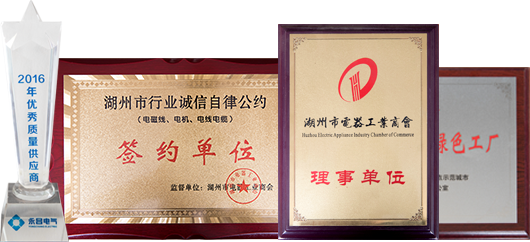How does the insulation material, in this case, polyurethane, impact the wire's flexibility and mechanical properties?
The insulation material, in this case, polyurethane, has a significant impact on the flexibility and mechanical properties of
UEW (QAL) Polyurethane Enamelled Aluminum Round Wire. When selecting this wire for winding and coiling applications, several considerations should be taken into account:
Impact on Flexibility and Mechanical Properties:
Flexibility: Polyurethane insulation is known for its flexibility. It allows the wire to bend and flex without cracking or losing its electrical integrity. This flexibility is especially important in applications where the wire needs to be wound around tight corners or coiled into compact spaces.
Tensile Strength: Polyurethane provides good tensile strength, which means the wire can withstand mechanical stresses and tension during installation and use. This is important for applications where the wire may be subjected to pulling or tension.
Abrasion Resistance: Polyurethane insulation offers moderate resistance to abrasion. It can protect the wire from wear and tear when subjected to mechanical friction or contact with other surfaces.
What considerations should be made when selecting UEW (QAL) wire for winding and coiling applications?
Winding Radius: When selecting UEW (QAL) wire for winding and coiling, consider the minimum bending radius that the wire can safely achieve without damaging the insulation. Polyurethane insulation's flexibility allows for relatively tight bending radii, but it's important to stay within the specified limits to prevent insulation damage.
Layering: In winding applications where multiple layers of wire are wound together, ensure that there is adequate space and insulation thickness between the wire layers. This prevents interlayer abrasion and maintains electrical isolation.
Tension Control: During winding, maintain proper tension on the wire to prevent stretching or overstraining the insulation. Using tension control equipment can help achieve consistent winding quality.
Temperature Rating: Check the temperature rating of the UEW (QAL) wire to ensure it can withstand the operating temperatures of the application. Operating the wire at temperatures beyond its rating can lead to insulation degradation.
Coil Formers: Consider the type of coil formers or bobbins used in winding applications. The design and material of the formers can impact the wire's performance, especially in high-frequency applications where parasitic capacitance and inductance are critical.
Protection: If the wire is exposed to harsh environments or mechanical stresses, consider additional protective measures such as tubing, insulating sleeves, or additional layers of insulation to enhance durability.
Mechanical Stresses: UEW (QAL) wire's mechanical properties, including tensile strength and resistance to elongation, are important in applications where the wire may be subjected to mechanical stresses or vibration. Ensure that the wire can withstand such conditions without degradation.



